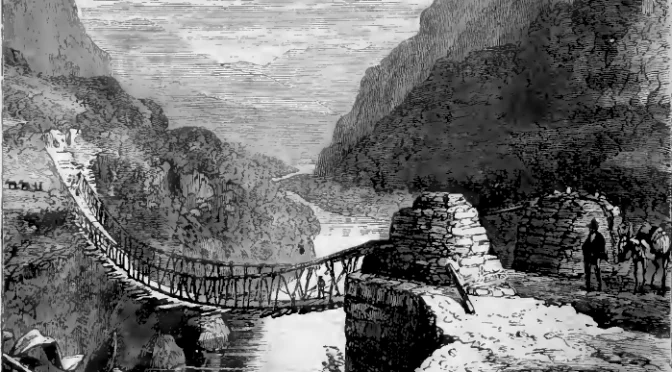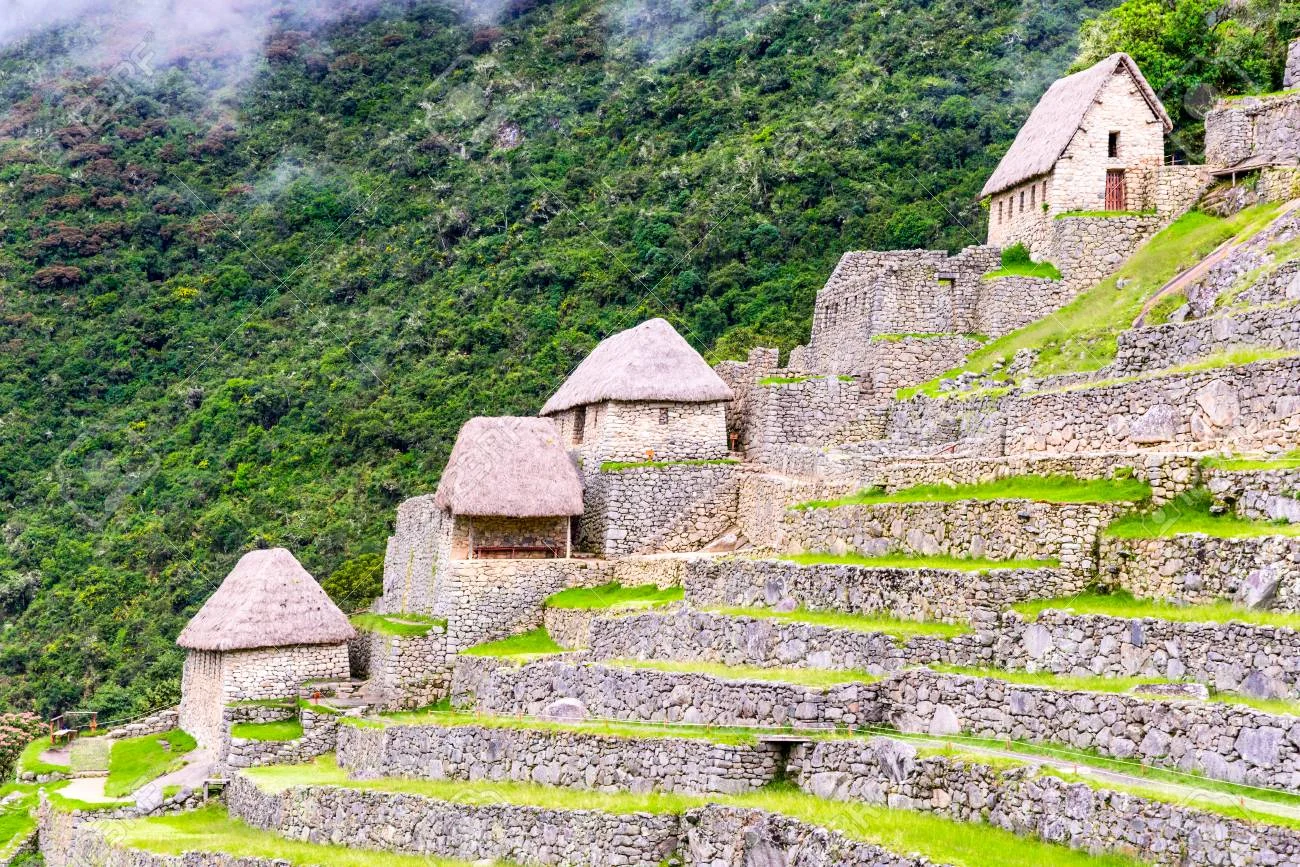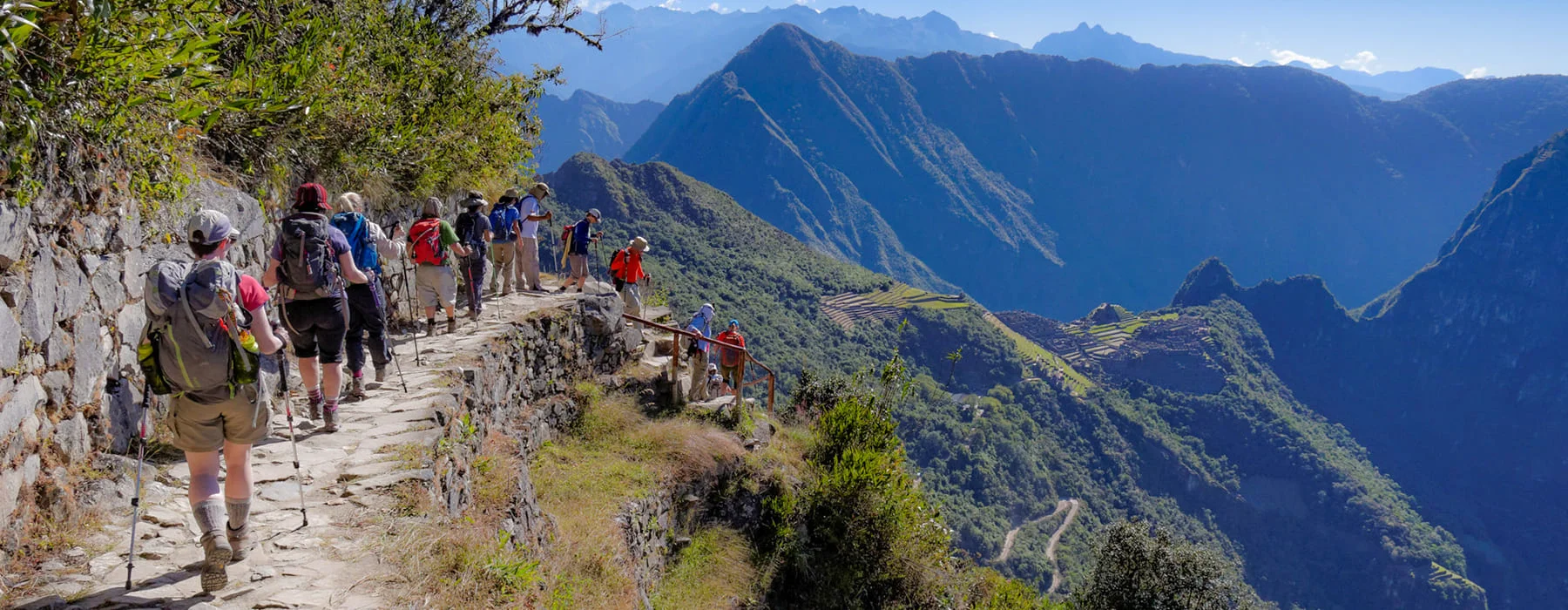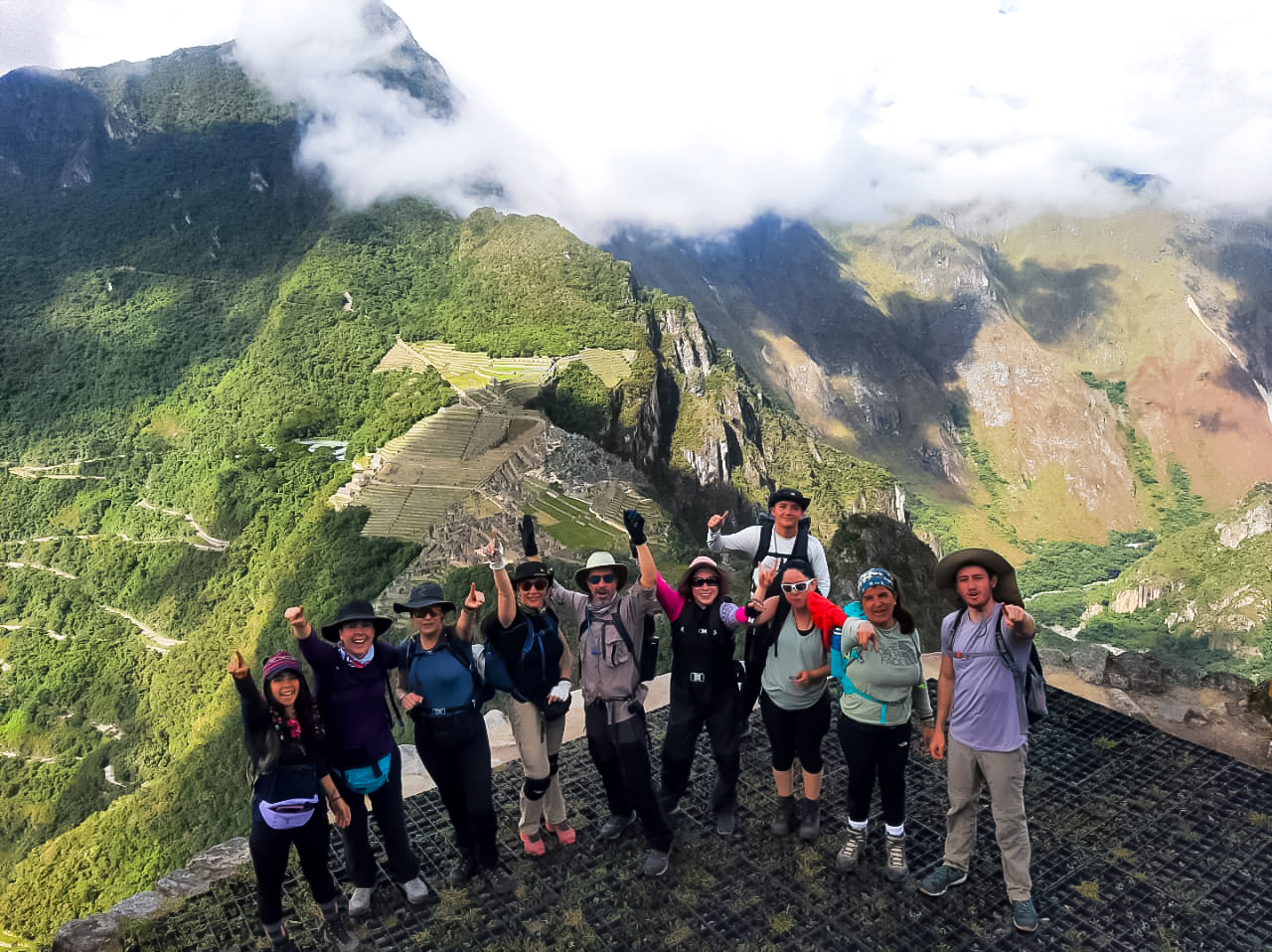Military
These roads provided easy, reliable and quick routes for the Empire’s civilian and military communications, personnel movement, and logistical support. The prime users were imperial soldiers, porters and llama caravans, along with the nobility and individuals on official duty. Permission was required before others could walk along the roads, and tolls were charged at some bridges.
Qollcas were used by the military and were situated along the roads
Qollcas were long term storage houses for foods in the event of conflicts or shortages in the Inca Empire. The qollcas were constructed with volcanic rock. The bases were around or a little over 30 feet and almost 10 feet high. They were used primarily for the storage of grains and maize. These were food items had an extremely long expiration date which made them ideal for long term storage for the military
To give an example of the degree to which Incas stored supplies, one facility at Huanuco Pampa totaled as much as 37,100 cubic meters and could support a population of between twelve and fifteen thousand people.
Structure
The Inca army was divided in the following manner:
| Inca rank | Current equivalent | Number of soldiers
under their command |
|---|---|---|
| Awqaq Runa (Aucac Runa) | Soldier | 0 |
| Pukara Kamayuq (Púcara Camayuk) | Castillian | 0 |
| Runancha | Guide | 0 |
| Qipa Kamayuq (Quipa Camayuk) | Trumpeter
(wooden trumpet) | 0 |
| Ch’uru Kamayuq (Choru Camayuk) | Trumpeter
(conch shell) | 0 |
| Wankar Kamayuq (Huancar Camayuk) | Drummer | 0 |
| Unancha Yanaq (Unanchayanac) | Subaltern | 5 |
| Chunka Kamayuq (Chunga Kamayuk) | Sub-lieutenant | 10 |
| Pichqa Chunka Kamayuq (Piccka Chunka Kamayuk) | Lieutenant | 50 |
| Pachak Kamayuq (Pachac Kamayuk) | Centurion | 100 |
| Waranqa Kamayuq (Guaranga Kamayuk) | Battalion Leader | 1,000 |
| Kamayuk | Officer | – |
| Apu Rantin (Apu Randin) | Captain Lieutenant | – |
| Hatun Apu Rantin (Hatun Apu Randin) | Lieutenant Commander | – |
| Apu | Captain | – |
| Hatun Apu | Brigadier General | 4,000-5,000 |
| Apuskin Rantin (Apusquin Rantin) | Major General | 10,000 |
| Apuskispay (Apusquispay) | Army General | The whole field army |
The largest units in the Inca army were composed of 10,000 men, under the command of a Major General or Apusquin Rantin. This was generally a nobleman from Cuzco who would have been a veteran of several campaigns. The head of the field army was the Apusquispay, he would have been a noble chosen by the Inca and he would have shown himself to have been in good physical and mental condition at the Huarachico trials. In order to give orders the generals used conche blowers, trumpeters or drummers to communicate with their lieutenants.




